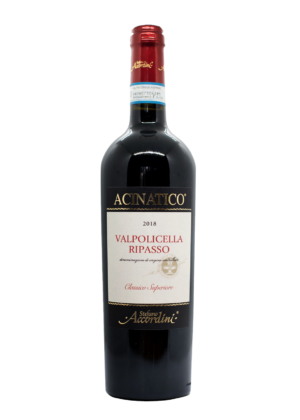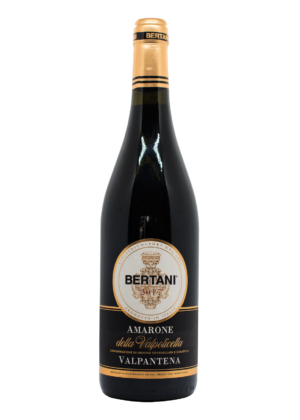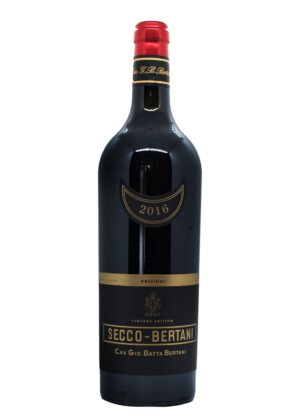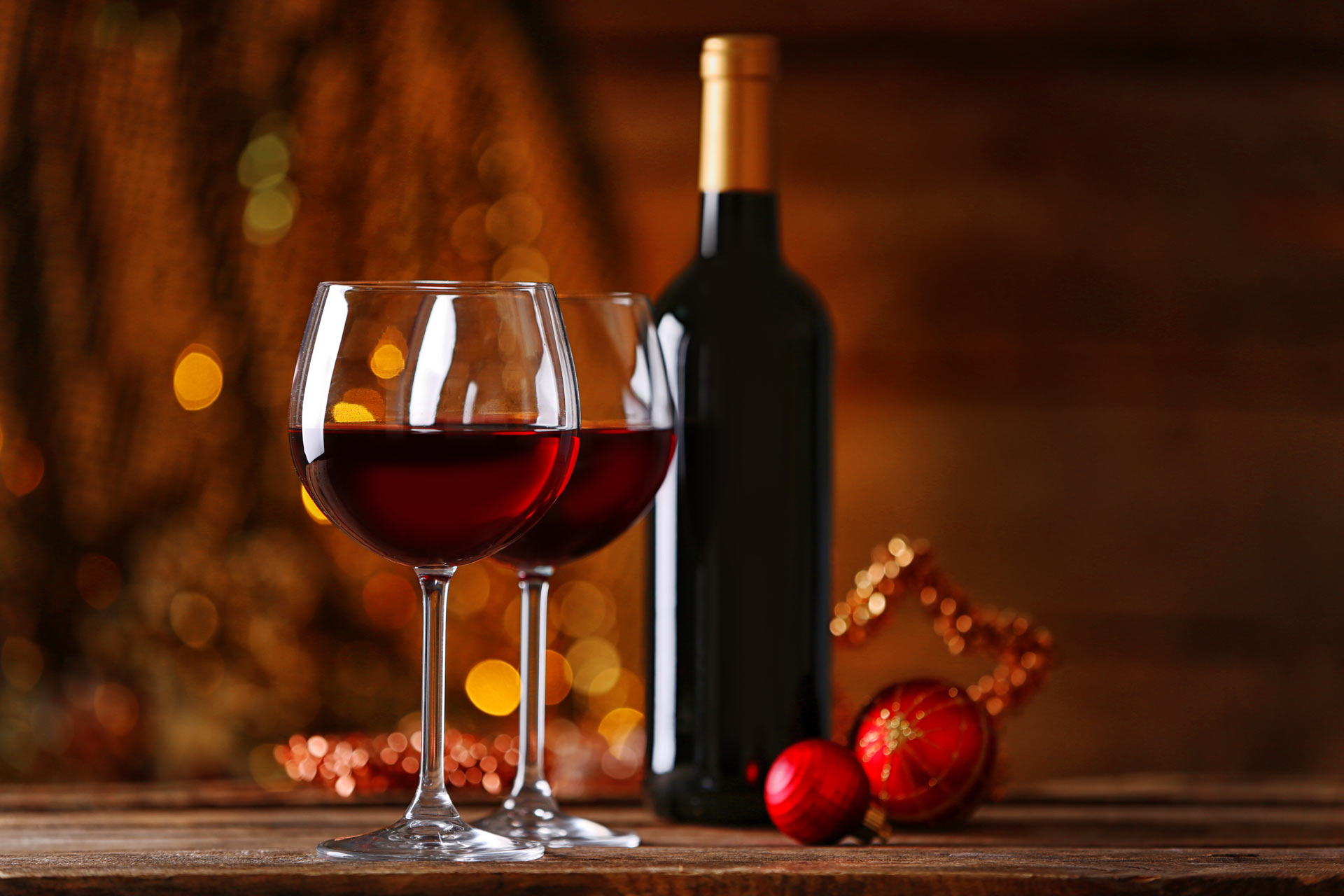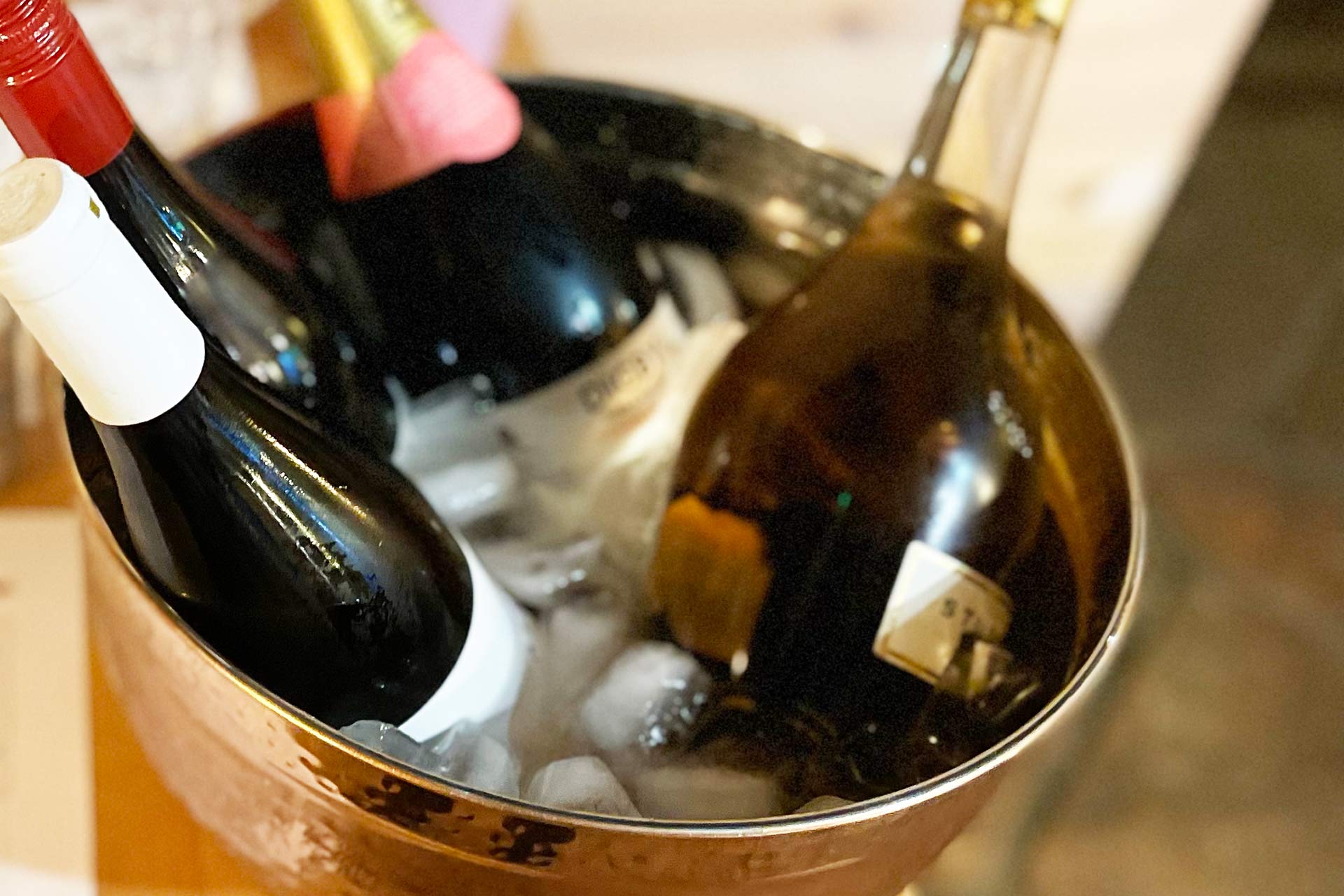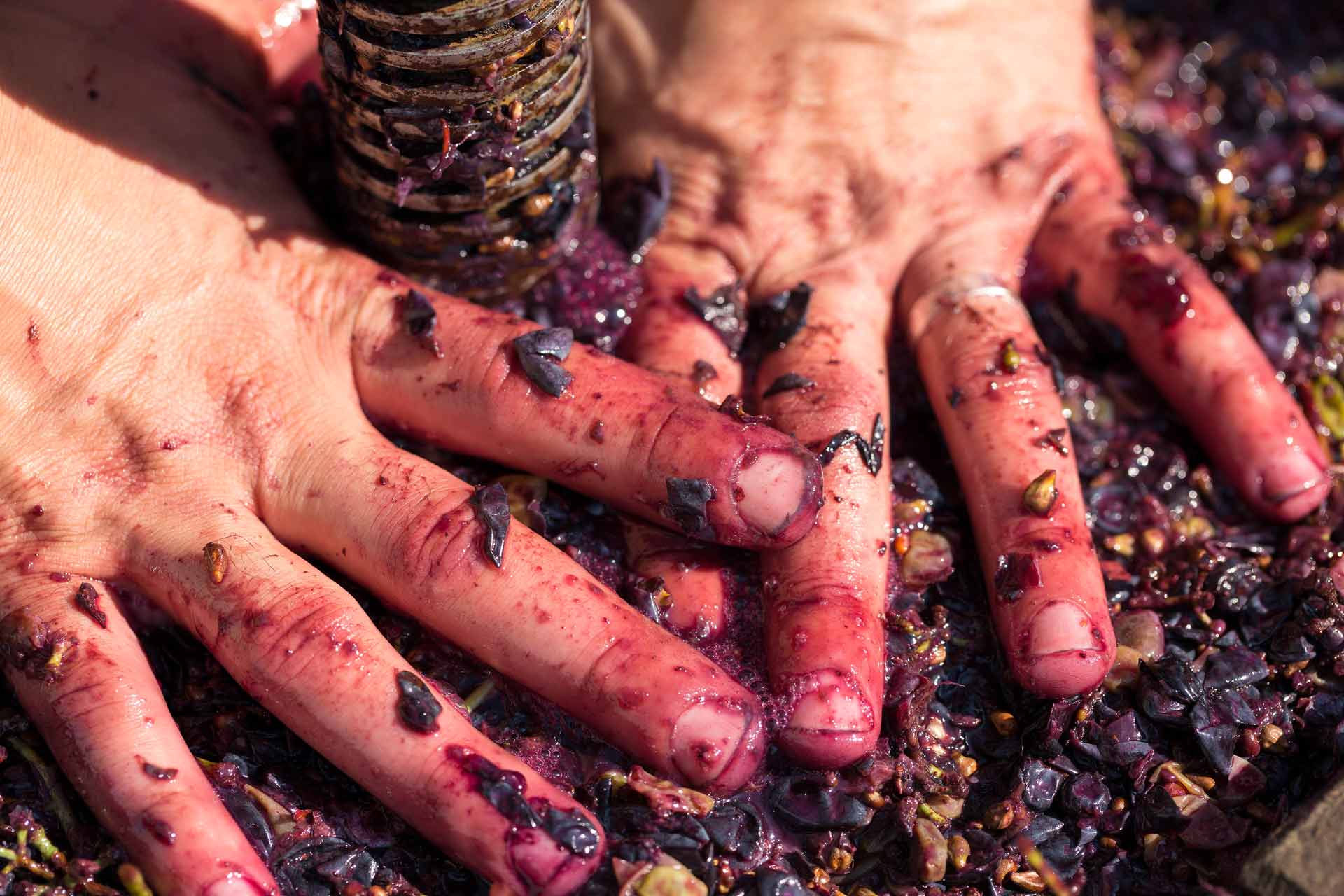
Some quick facts about Valpolicella!
Valpolicella is an all red wine sub-region within the Veneto region. Veneto can be found in the north east of Italy and surrounds Verona. It also includes the ever romantic city of Venice. Valpolicella lies directly to the north of Verona.
The name Valpolicella can be translated into the ‘valley of many cellars’. The many vineyards are planted on the hillsides of the Fumane, Marano and Negrare Valleys. Wines from the vineyards on these hillsides can be labelled as Valpolicella Classico.
Although still high quality, wines made from vineyards to the east of the Valpolicella Classico region is the Valpolicella Valpantena region. Look out for this region on the label. The wines are softer and fresher than the Classico region. Certainly they are ready to drink as younger wines.
What makes the wines of Valpolicella so different is how the region uses its four grape varieties to great effect. That is done not just in the vineyard. The most prestigious wines from the region go through a particular process that makes them bigger, bolder and richer. And this happens before the grapes even start to ferment.
Dried Grapes
Valpolicella is one of the Italian regions that specialises in passito or appassimento wines. These are wines that are made from dried grapes. The grapes are dried to increase the sugars within those grapes, which will increase the wines body, mouthfeel and the alcohol content of the final final. It also adds complexity to the aromas and flavours.
The wines from Valpolicella that use this method are the Amarone wines and the Recioto wines. The very best of these wines are dried on straw mats to slightly raisin. It is the evaporation of water from the grapes that make the sugar concentration higher within the grape. Both styles are bold red wines. Amarone wines are dry and full bodied, whereas the Recioto wines are sweet, dessert style wines.
Bertani Amarone Valpantena DOCG is one of the classic Amarone wines from Valpolicella.
It is not all about Amarone though …
There is also a growing number of wines are now available that use the Ripasso technique. This technique is where the skins and yeasts from the Amarone ferment is added to a Valpolicella wine to add character and some extra alcohol. These are excellent value wines.
The Accordini Valpolicella Classico Ripasso is a great example of this style of wine.

What grapes to look for
There are only four grape varieties allowed in the wines labelled as Valpolicella. The most revered is Corvina. Recently, Corvinone was allowed as well. Then Rondinella and Molinara are also allowed in smaller proportions. All four are Italian natives.
Corvina is loved for its fullness of body, and its sour cherry and herbaceous personality. Even though the grape does not produce dark coloured wines, it has dark, thick skins. This makes the grape a natural choice for drying. This is vital for the production of Amarone and Recioto wines.
Corvinone, a distinct and different grape variety, was once thought to be Corvina. Corvinone has loose bunches and it has large berries. This makes it also rather a good grape for drying.
Something you didn’t know!
Some producers have changed to use modern equipment to dry the grapes for Amarone. However, it has been found, through scientific analysis, that grapes slowly dried using straw mats allow the wines to develop deeper and more complex flavours and aromas.
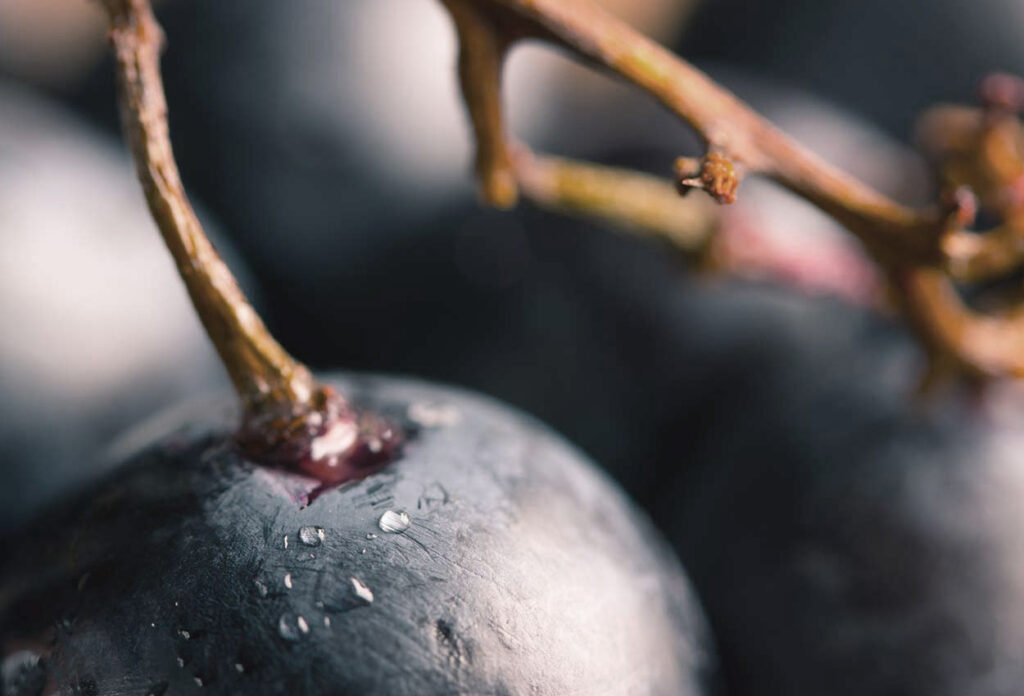
Food & Culture
It is not hard to find foods that match the wines of Valipolicella. They have evolved to match food.
Look out meaty pastas or a gnocchi which has historic origins with Carnival, although at the time, the gnocchi was not made with potatoes. This was the 16th century and potatoes had not been brought from America yet.
Of course, there is also polenta. And with that polenta, you can serve brasato all’Amarone – or braised beef.
Verona is also surrounded by rice fields supplying rice for risotto, so it goes without saying that they have a rice dish that matches their wines. As you may expect risotto all’Amarone will be a great match with the most prestigious wine from the region. It is quite literally rice, Parmesan, onion, butter and beef stock with a half a bottle of Amarone. What is not to love!
Alternatively, if you are after a more meaty risotto, try risotto al tastasal with pork mince.
Wines from our collection
We have several great wines in our range from Italy, and these particularly are from Valpolicella !



